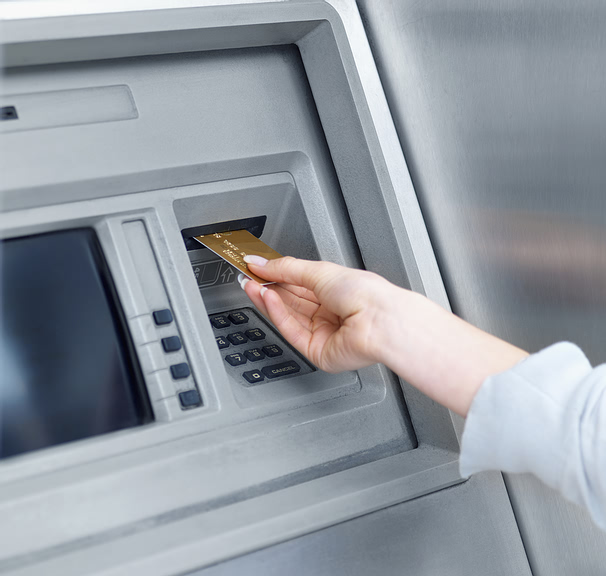 Ordinary credit and debit cards store all their data on the magnetic stripe on the back of the card. If anything happens to the magnetic stripe, the card becomes unreadable and useless. Scratches, cuts, abrasions, wear and strong magnets can physically harm this magnetic stripe. If these physical damages are extensive enough, they can make the card unreadable. Once the magnetic stripe on a card becomes unreadable, that card must be replaced.
Ordinary credit and debit cards store all their data on the magnetic stripe on the back of the card. If anything happens to the magnetic stripe, the card becomes unreadable and useless. Scratches, cuts, abrasions, wear and strong magnets can physically harm this magnetic stripe. If these physical damages are extensive enough, they can make the card unreadable. Once the magnetic stripe on a card becomes unreadable, that card must be replaced.
How can I protect the magnetic stripe on my credit card?
The simplest way to protect your cards' magnetic stripe is to carry them in a way that eliminates the chance for anything to rub against the stripe and damage it. Carry credit and debit cards in individual slots in your wallet rather than carrying cards loose. Do not double up your cards. If you must double up your cards, place them face-to-face rather than back-to-back and keep the stripe covered by the material of your wallet.
Another solution is to buy protective holders for your cards. These holders will protect your credit cards regardless of how you carry them, as long as you remember to return the card to the sleeve after you use it.
The only way to protect your credit cards from demagnetization is to keep your cards away from strong magnets. Example of common magnets include: MRI machines and long exposure to refrigerator door magnets, purse and wallet magnets, and security tag deactivators. Be cautious of magnets around you and prolonged exposure to them. There is no special sleeve that will protect your credit card from the power of a magnet.